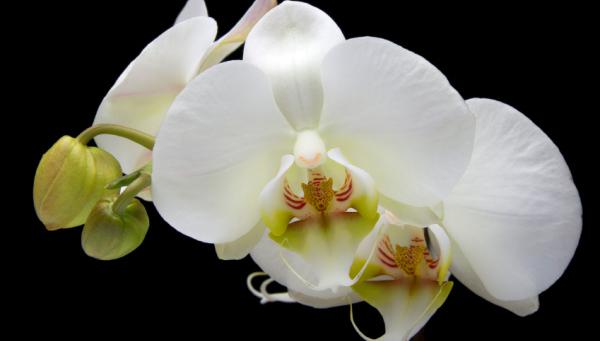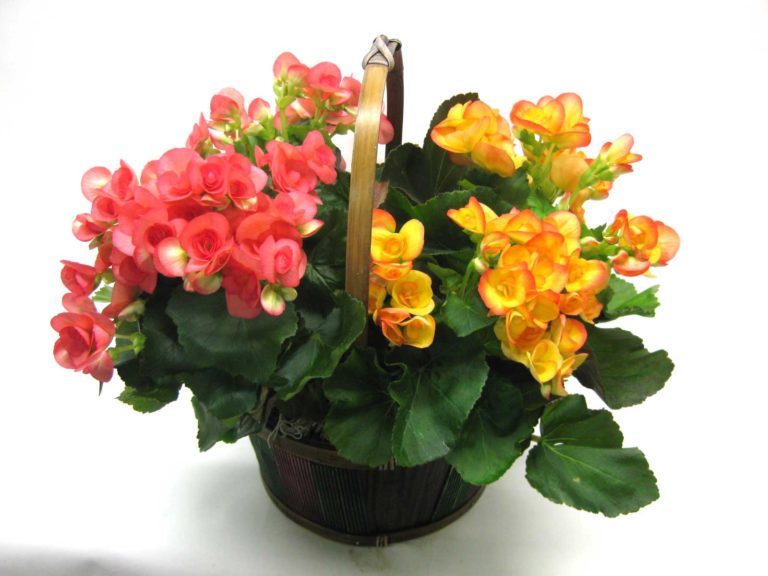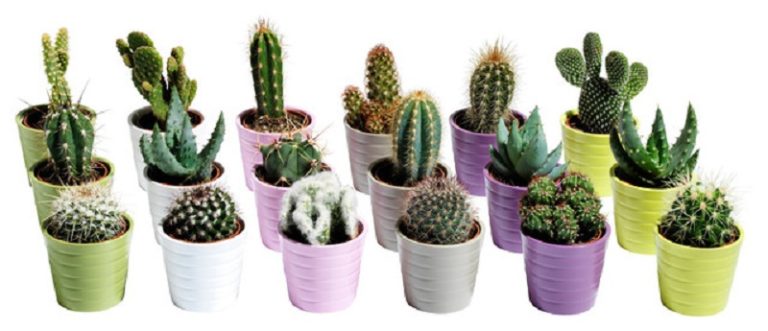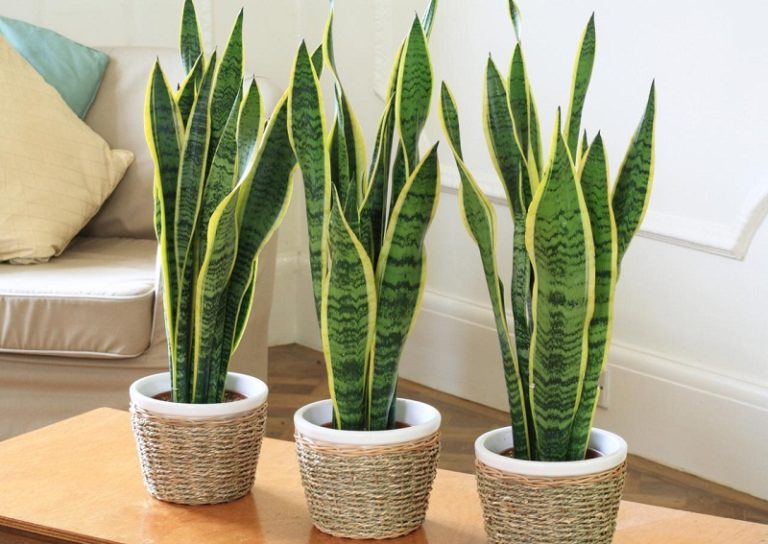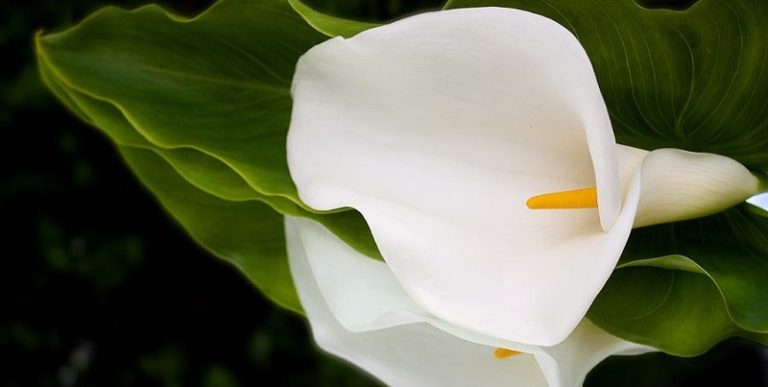Orchids – orchid care
Delicate flowers on a thin stem are orchids. At first glance, it seems that they need careful care and there is a lot of trouble with them. In fact, everything is not so complicated that you are convinced of this – basic tips for caring for orchids.
Until recently, it was impossible to even think that an orchid, a flower – a parasite that grows on trees of tropical and subtropical regions, can be grown at home, in our Ukraine. There are one hundred thousand species and varieties of orchids in the world, but only a small part is adapted for growing at home.
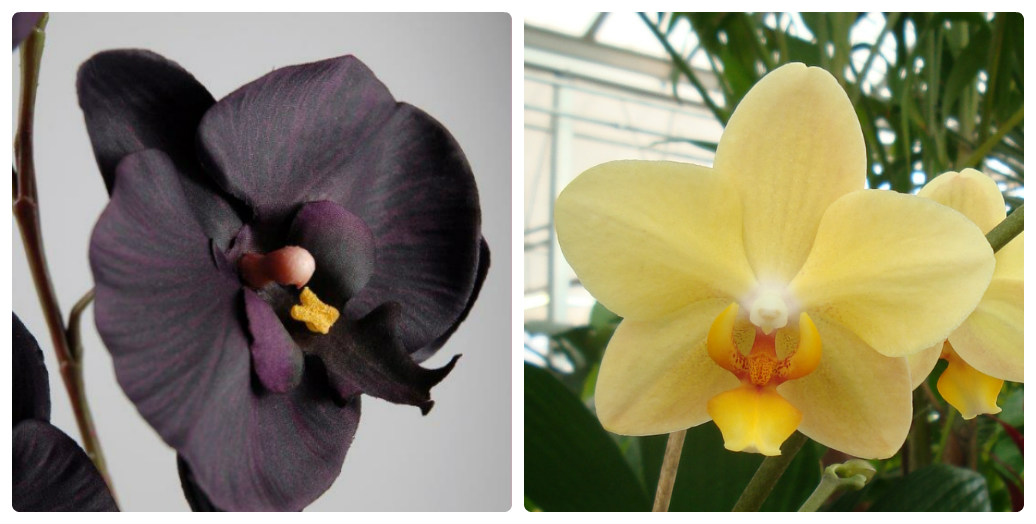
Orchids are classified as capricious flowers, although, in fact, orchid care is easier than other indoor plants. Care is very simple: it is enough to choose an orchid, put it in a permanent place, water it no more than once a week in summer, and in winter it is enough once every two to three weeks, feed it and it will delight your eye with its blossom for up to 6 months. We can say that the minimum of care is the maximum return. So, you can pick up a whole collection of colorful orchids.

How to choose an orchid?
First of all, we choose according to the color of the flower and its size, in the presence of one or two peduncles and their height. The following: we carefully examine the leaves so that there are no brown spots, mold, rot on the soil, leaves and roots, see if there are insects between the leaves and in the soil. The pot in which the orchid grows should be transparent and without cracks. The success of growing orchids depends on choosing a healthy plant and proper care.

Orchid care
Caring for orchids is more like an art than a science. Of course, you can easily get specific instructions on how to properly care for different types of orchids. For example, Cattaleya needs medium bright lighting, high humidity, and Miltonia does not like sudden changes in temperature, Phalaenopsis needs high humidity and a stable temperature. All factors such as soil, water, light, humidity, air movement and fertilizers must complement each other to ensure proper care of orchids.
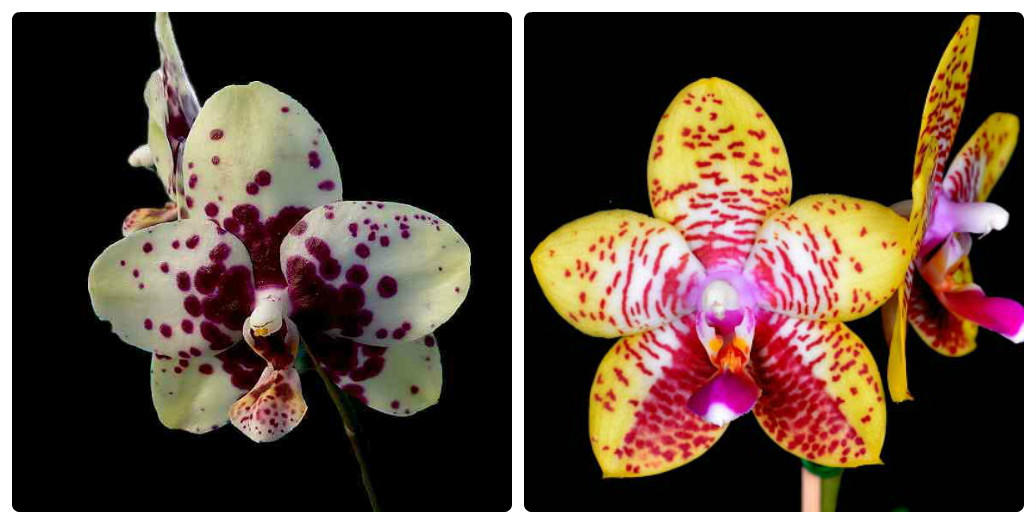
How to water orchids
Most often, the orchid dies or gets sick from excessive watering. How often should you water an orchid? It depends on the type of orchid, humidity and temperature in the room.
Proper watering is one of the most important factors that contributes to the successful growth and flowering of orchids.
Most orchids in nature are never completely in water, their roots do not like stagnant water and exposure to salts dissolved in water. Each variety of orchids needs special watering conditions. Phalaenopsis, Paphiopedilum, Odontoglossum, Cymbidium like,so that the soil is constantly barely moist, and the soil for Cattleya should dry out between waterings. Orchids are more tolerant of drying out than excessive watering. With insufficient watering, the leaves of orchids become wrinkled and wilted, wrinkled tubers, and yellowed leaves, darkened and rotten roots indicate excessive moisture. Water for irrigation should be filtered or settled or boiled (soft water), always warm, about 25-30 degrees.
There are several ways to add orchids
- Pour water on top of the roots so that the water flows into a plate or decorative pot, leave for 60 minutes – pour out the excess water.
- Pour warm water into a bowl of a suitable size, immerse the pot so that all the soil is immersed in water. Leave for 30 minutes. We pull it out, all the water should flow out, put it in a permanent place. Repeat this procedure after 2-3 weeks.
- The so-called “hot shower”. We put the orchid in the bathtub or shower, close the hole for draining the water. We turn on the already warm water (35-39 degrees) and water only on the leaves and roots, imitating tropical rains, for about 10 minutes. Leave in the water for another 15 minutes, closing the door to the bathroom. We remove from the water, but not from the bathroom, leave for another 20 minutes. Be sure to remove, with the help of a napkin, all the water that remains between the leaves so that there is no decay and transfer it to a permanent place, it can be completely different from the previous one. The “hot shower” is stressful for the orchid, it stimulates flowering and restores the wilted orchid. It is enough to carry out such procedures once a month in winter and every 2 weeks in summer.
It is worth choosing one of the first two options and adding only it. The third watering option can be combined with the first or second.
Read also:
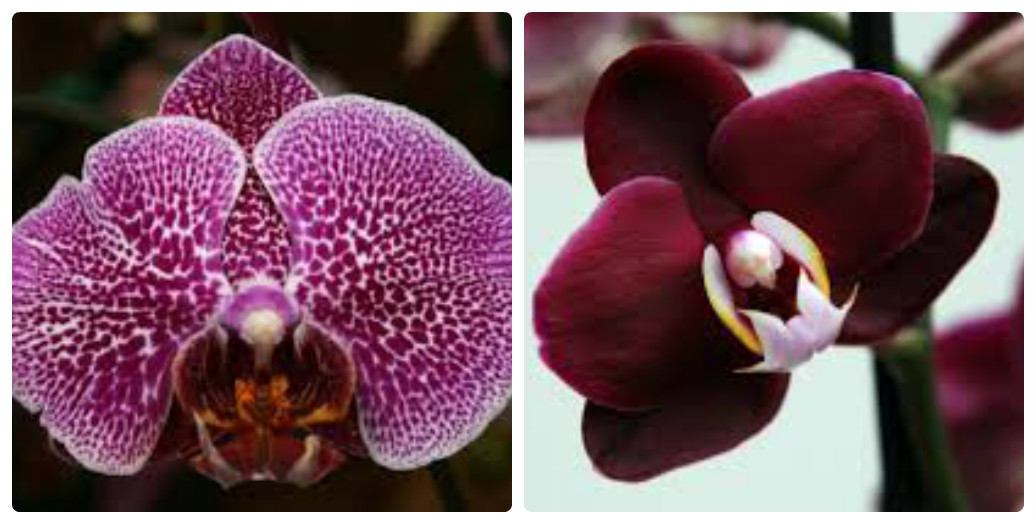
Orchid lighting
The second factor in caring for orchids is lighting, it depends on the light whether the orchid will bloom. Orchids need 10-15 hours of bright light during the day. If there is not enough light, the orchid will not receive sufficient ultraviolet rays, which are necessary for a normal vegetation cycle; Its leaves will be dark green, and with excessive lighting, the leaves will burn, brown or dry burnt spots will appear. So, lighting for orchids is bright diffused light. Orchids do not like sudden changes in lighting, flower buds turn yellow and fall off.
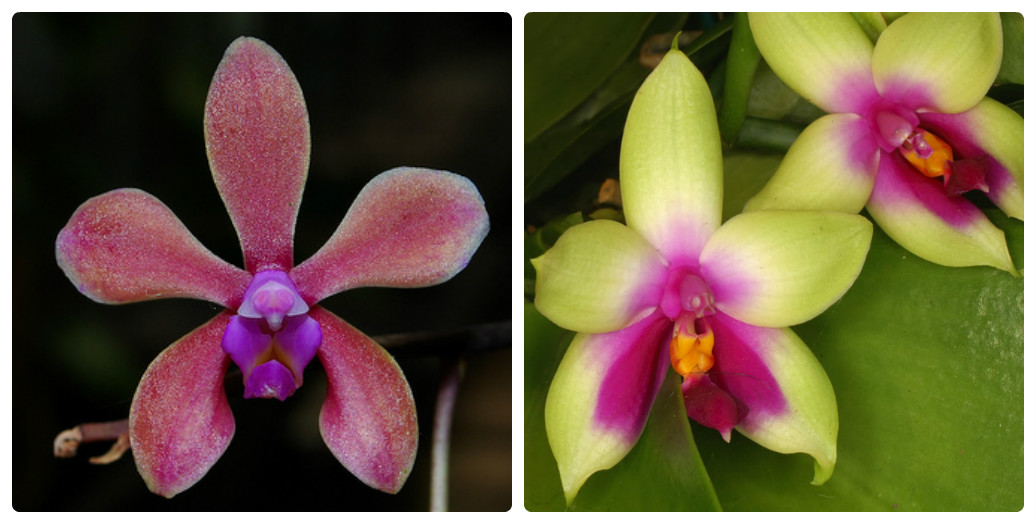
Air humidity is important for orchids
Most orchids come from the tropics, where the air is very humid. Unlike indoor plants, which are more resistant to dry air, orchids need a lot of humidity, it should be at least 50% during the day and 70% at night, and at least 80% in summer. If the humidity in the apartment is much lower, you can use humidifiers, special pallets with grates, which you can buy or make them yourself.
You can make a pallet in this way: we take a pallet, or a much larger plate placed under the pot, pour gravel or expanded clay, fill it with water on top of expanded clay, put the pot so that the roots of the orchid and the bottom of the pot do not touch the water (by the way, this is a good idea for long vacations). In winter, when the batteries dry out the air and on hot, dry sunny days, orchids need to be sprayed often in the morning or at lunchtime so that the water has time to evaporate before sunset.
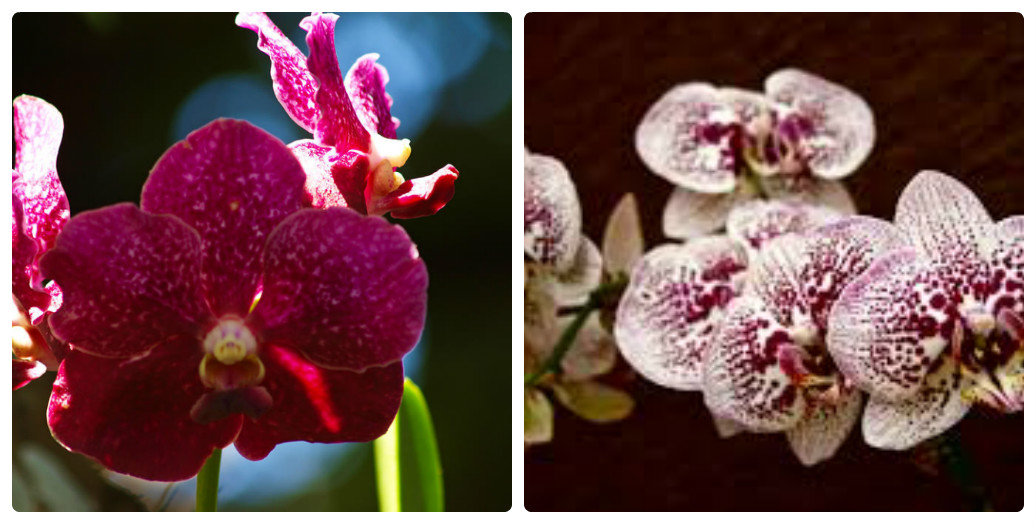
Air movement
Wind is one of the important factors in ensuring the health of orchids.
Of course, orchids in tropical countries grow overwhelmingly in full sun and do not have any burns on the leaves, because the sun is combined with a humid wind that cools the plant. Air circulation keeps the temperature more uniform, so the air protects the flower from diseases. With a gentle breeze, plant leaves dry faster than without it. To promote air circulation in the room, you can use a fan, air conditioner. But remember that you cannot place orchids right in front of the air conditioner or fan or heater.
Feeding orchids
For active growth and flowering, orchids need to be fed. Today, special fertilizers for orchids can be purchased in flower shops, supermarkets, garden centers. There are two types of fertilizers: root fertilizer and leaf spray. They can be used both separately and together in an alternating way. The method of using fertilizers is always indicated on the package, it should be observed. We feed the orchid during the period of active growth (a new peduncle appeared, the period of budding, the development of a new plant), reduce the use of fertilizers during the dormant period (all flowers have faded). In no case do not use fertilizers intended for other plants, this can harm the orchid.
Read also:
Reproduction of phalaenopsis orchid “children”
Orchid pests, how to deal with them

